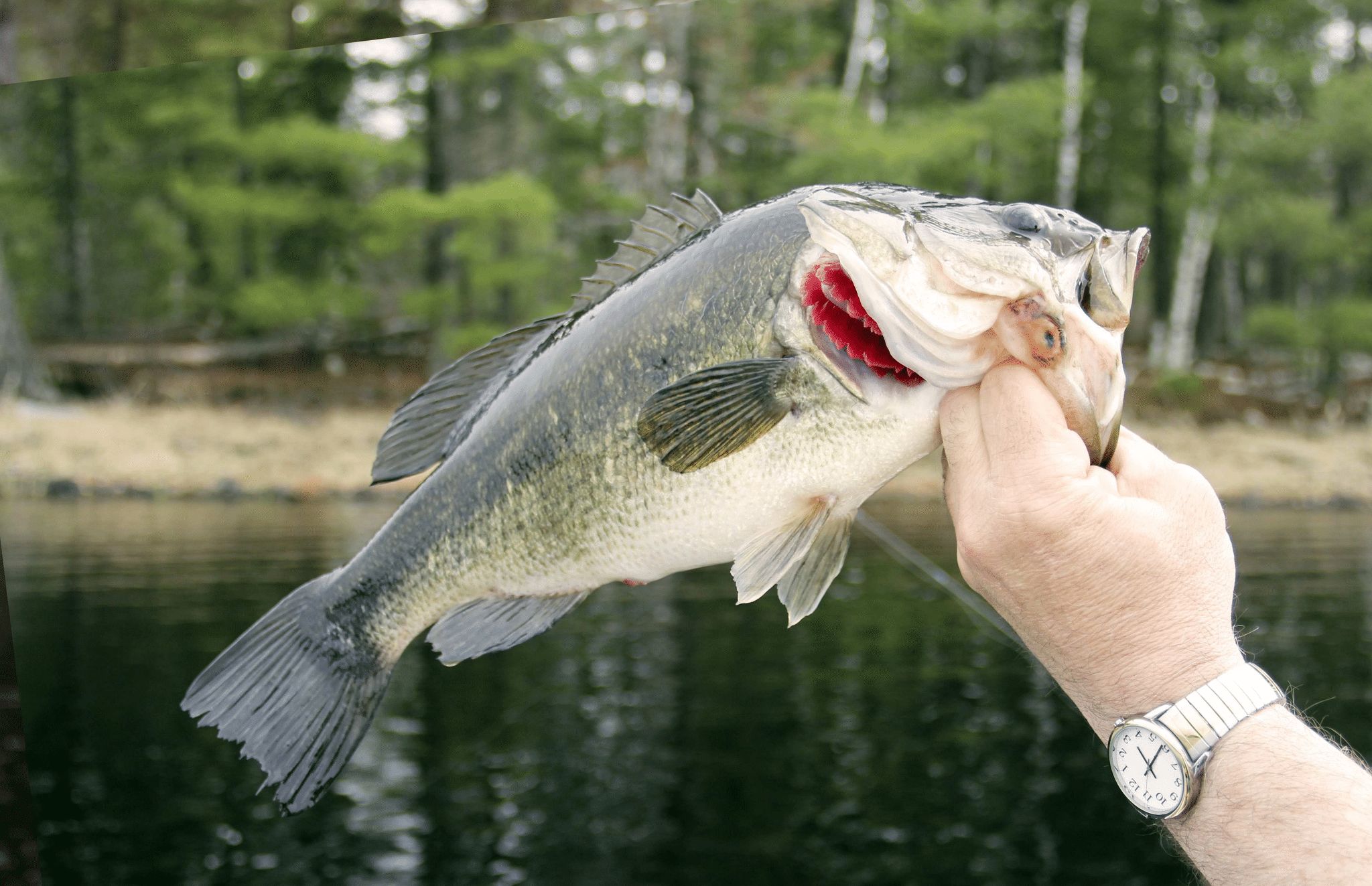Topwater Fishing

Top Water Fishing
Of all of the types of fishing that we do throughout the open water season, top-water fishing has to be at the very top of your list of techniques. Whether you are targeting bass, northern pike, or even musky, top water can be some of the most exciting and visual types of fishing you can do. With every cast, there is the anticipation of a blow-up on your bait as it splashes, crawls, swims side to side, or simply glides and rests; eyes are fixated on what will happen at any moment. We all have our favorite top water baits, and in many cases, there are times when one works better than the other.
LARGE WALKING STYLE TOPWATER
If you think about one of the industry’s most popular walking style baits, the Zara Spook will jump to the top. I can’t think of any bass angler that doesn’t have one of these in their tackle box. When tossed out and settles on the water’s surface, this bait is “walked” from side to side, giving the bass an illusion that they have happened upon an easy meal. There are also a variety of walking baits that come with rattles, adding noise to the bait or even one large rattle with a knock. The Rapala ™ Skitter Walk also has a weighted tail that keeps the bait in a natural position while resting.
Many years ago, the first topwater bait I used was the Rapala ™ Original Floating Minnow. I had no idea how to use it other than what I had read in the magazines I was subscribed to back then. I was in Hawaii at the time while serving in the U.S. Army, and there was a freshwater lake that held largemouth bass and peacock bass. If you know anything about peacock bass, they are aggressive and voracious fish.
With the help of a fellow angler, I learned how to tie the Rapala knot, then toss it out and wait till the splash rings settled. Then a quick twitch of the rod sent that bait rapidly swimming down in an attempt to escape, then would settle back to the surface. The second jerk of the bait and there was a peacock bass all over it, in what I can only describe as an explosion of water and fish. This is certainly one that I keep in my tackle box all the times and one you should add to yours.
HOLLOW BODIED FROG
This is one of my favorite types of baits to use, and it’s always one that raises the heart rate up a bit when fished. I have used a variety of frogs throughout my fishing career, but the ones I typically stick close to are the naturally colored ones. Those that mimic the frogs in the lake you are fishing. Others have paddle tails for the feet, which will retrieve steadily, allowing the paddle tails to make noise in the water.
They are just as effective as the hollow-bodied frogs but harder to toss onto lily pads, though they also make a weedless version. One tip for using pad crasher-type baits is to trim the skirt that mimics the legs. Sometimes, the bass will short-strike the lure as the “legs” tend to be a little long. I cut them back a bit, about the same length as the body, and in many cases, when the bass hits the lure, I have fewer misses. One thing is for sure, hook up or not, this is a fantastic way to fish and incredibly visual and fun!
POPPER STYLE TOPWATER
Early in my fishing career, I added the surface popper to my arsenal as I began experimenting with topwater baits. It had a light-colored undercarriage and a dark upper body. You can probably name all kinds of baits that fit this description, but they all work incredibly well. There’s nothing quite like casting that bait out, letting it hit the water and rest for a minute, then giving it a tug. While it doesn’t happen every time, that first pop would entice a fish to lunge and take the bait. Another newer type of popper is the River2Sea ™ Whopper Plopper, which came on the scene a few years ago. Wow! Here’s another bait that really draws the fish out in explosives strikes. You can cast it, make long bomb throws, and cover a lot of water with it. This bait is effective for largemouth and smallmouth bass, northern pike, and muskie.
This certainly isn’t an exhaustive look at top water baits and fishing. Remember to be selective in your harvest, catch, photo, and release the big ones to keep those genes in the fishery. Stewardship is everyone’s responsibility; in doing so, we ensure that the joy we feel in catching these fish will be there for future generations. Tight Lines All!</p>
by Ben Leal
July 2024
Check Out this article on topwater baits – Topwater Baits 101


